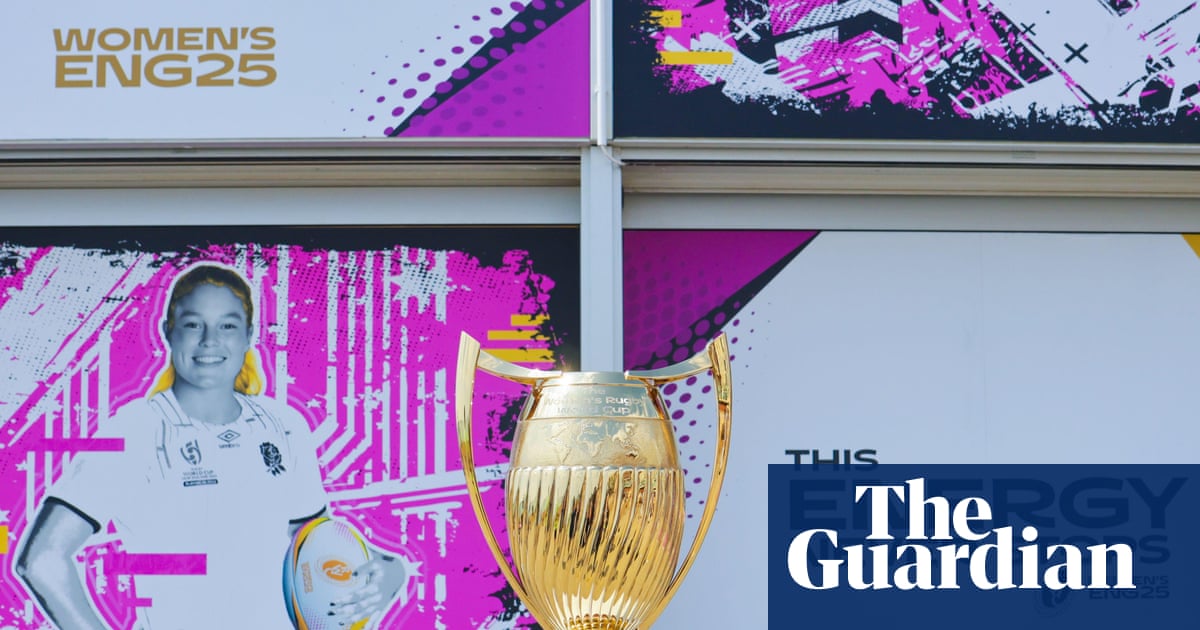
"Back in 1991, the men who were in charge of the sport did not just refuse to sanction the new women's competition, they made legal threats against the four organisers, who had to design their own team and tournament logos to avoid a copyright lawsuit. The women approached more than 600 businesses for support, but could not persuade one to sign on so the 12 teams had to cover the cost of their own transport, food and accommodation."
"By the fifth final, England v New Zealand in Edmonton in 2006, the crowd had doubled to 6,000. By the sixth, which was the last to be held in England, it had doubled again, with 13,000 coming to watch England lose to New Zealand at the Stoop. This year's match will be at Twickenham, in front of a full house of 82,000."
The first Women's Rugby World Cup in 1991 was organised without sanction, faced legal threats and could not secure sponsorship, so teams self-funded travel, food and accommodation. The Russian team financed itself by trading vodka. Tournament attendance rose from 3,000 at the first final to 82,000 at Twickenham for the tenth edition. The sport has become more equitable, inclusive and better supported by leaders and society. Rugby's emphasis on varied body types offers a counterpoint to social-media-driven body anxiety among girls. Players such as Ilona Maher have gained prominence through body-positivity social media content.
Read at www.theguardian.com
Unable to calculate read time
Collection
[
|
...
]